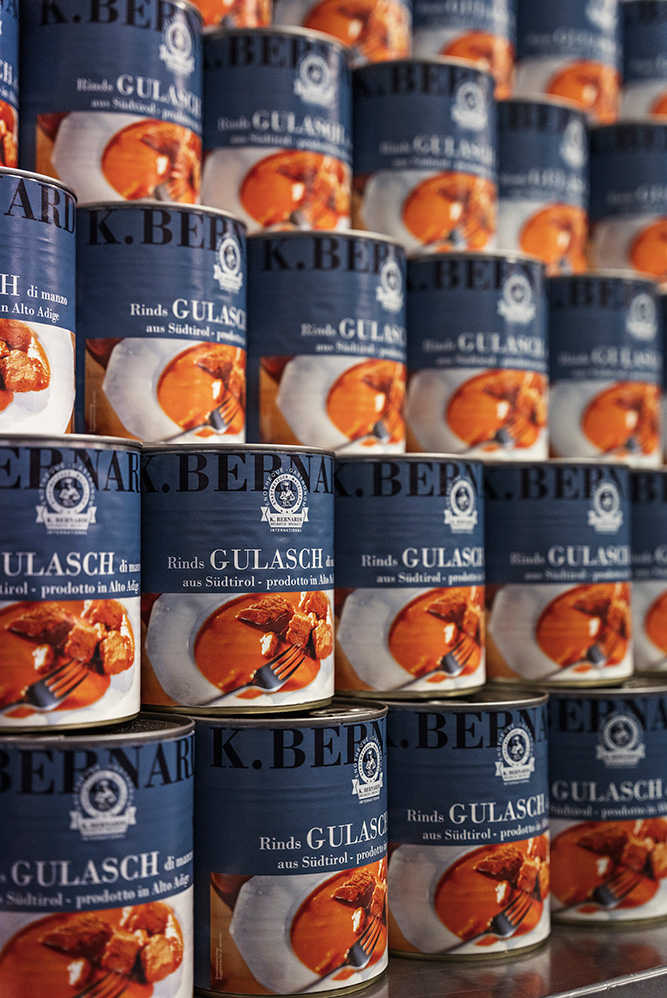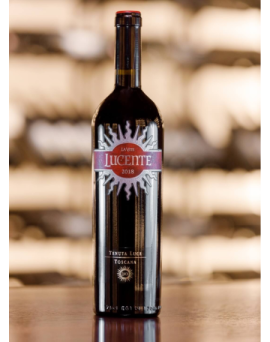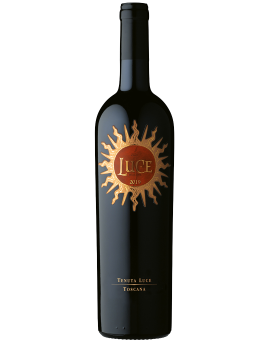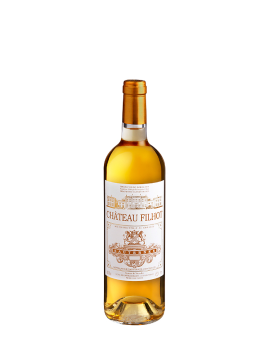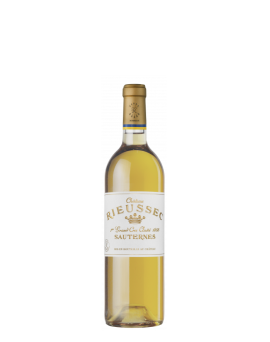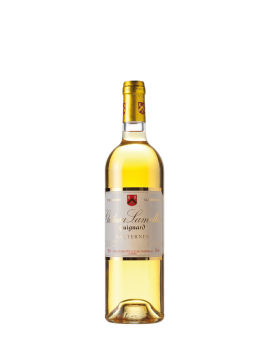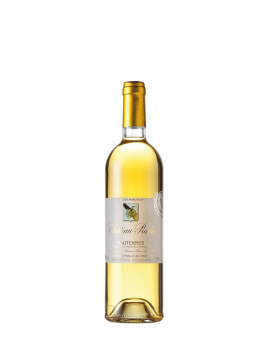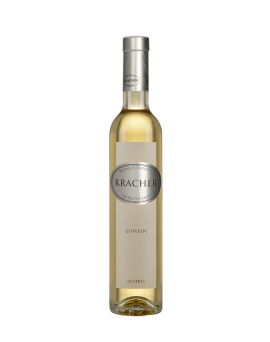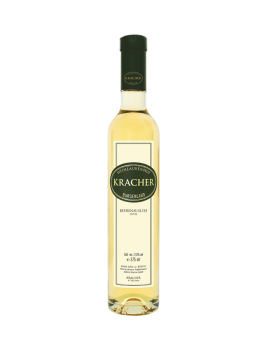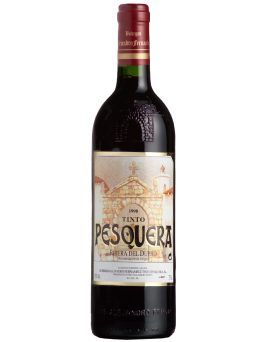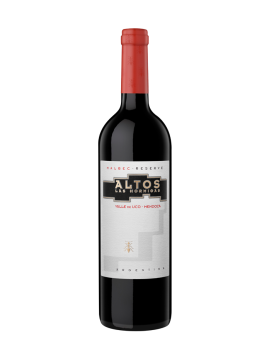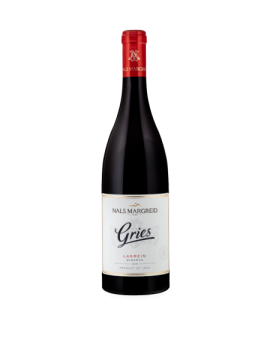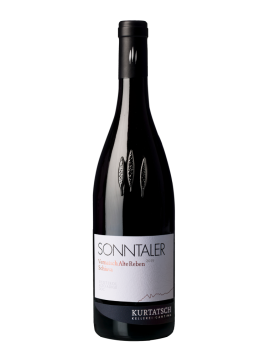La Vite Lucente 750ml...
LUCENTE 2019<br /><br />Cold and sunny winter, the spring was characterised by low average temperatures and high rainfall, which allowed the creation of important water reserves in the soil. This<br />situation of low light and rainfall resulted in a slight delay in the vine's vegetative cycle. Flowering took place between the last days of May and the beginning of June. The<br />season then continued regularly, with a hot summer, without any particular temperature peaks, with some rainfall between the end of July and the beginning of August.<br />The mild September temperatures and good water reserves favoured a slow and regular ripening.<br /><br />Tasting Notes: The wine is an intense purplish red colour. The nose is characterised by notes of ripe red fruit, raspberries and sour cherries are joined by sensations of<br />vanilla and a light balsamic hint. On the palate the attack is soft, balanced, well supported by a pleasant freshness and smooth tannins, characteristics that together with<br />the sweet aftertaste give the wine length and persistence.<br /><br />Grapes: Merlot, Sangiovese<br />Harvest period: Merlot: 12 September, Sangiovese: 23 September<br />Sugar at harvest: Merlot: 252 g/l; Sangiovese 250 g/l<br />Total acidity at harvest: Merlot: 6.50 g/l; Sangiovese 7.05 g/l (in tartaric acid)<br />Fermentation tanks: stainless steel thermo-conditioned<br />Fermentation temperature: 28°C<br />Type of ageing container: partly new, partly used barriques<br />Length of ageing: 12 months<br />Analytical Data<br />Alcohol: 14.5% Vol.<br />Total acidity: 5.56 g/l<br />PH: 3,49<br />
Price
€34.40

